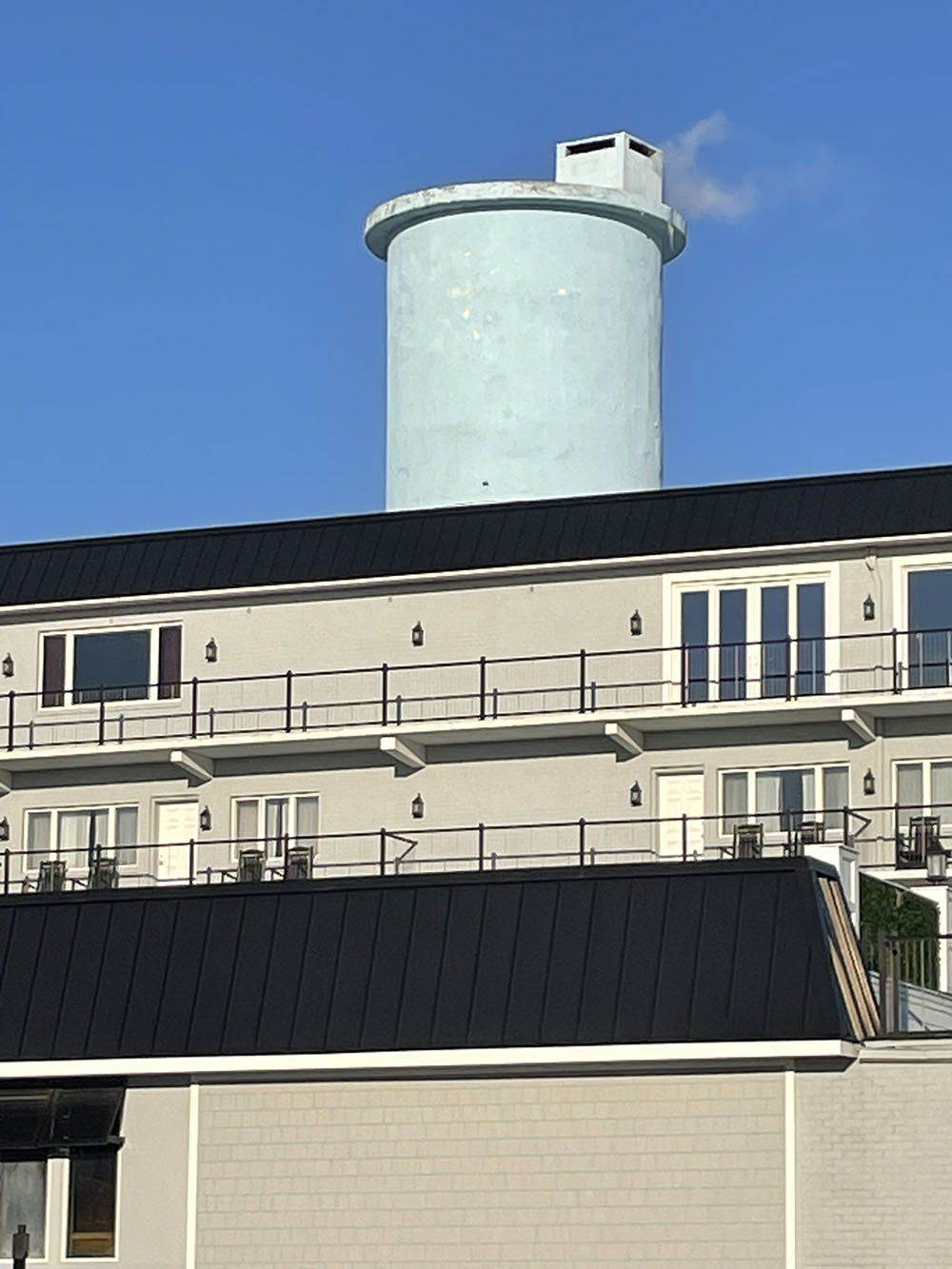Cape May’s Public Garden?
It’s that time of year. No, not Christmas, the time of year when some of us are chomping at the bit for any sign of spring. We’ve scoured the catalogs, designed our summer gardens and planned our annual pilgrimage to the Philadelphia Flower Show—now what? How about a trip to a public garden? Yes, even before the first crocus pops its head through the snow, many public gardens are open, especially those with conservatories. Ken Selody of Atlock Farms in Somerset, New Jersey agrees, “There is no better place to be than a greenhouse in February. You kick the snow off your boots and walk into the tropics. With all the moisture, even the air is buoyant.”

Apparently, we are not alone in this thinking. According to the American Public Gardens Association, 132 million people visit public gardens each year in North America alone. These beautiful places attract all kinds of people from all walks of life—young and old, professional landscapers and novice gardeners alike—even people who don’t like to garden at all.
So, why do they come?
I asked a few of my friends and here is what they said. “Visiting a public garden is like a breath of fresh air. It makes me feel alive and regenerated.” Others said, “It makes my shoulders come down and gives me new ideas and incentive. They’re fun because we feel safe there with our kids.” And that was just the beginning.
Some people come simply to see color, especially after a long, gray winter, while others talked about getting out of a rut. You can immerse yourself in nature or escape to a fairyland of flowers seemingly only possible in your imagination. Visiting a botanical garden gives you a sense that all things are possible. It can expand your horizons by transporting you to anywhere in the world or you can just explore the flora that is native to your own backyard.
Sometimes it is simply one plant you discover that you would like to add to your own garden. Or it could be the shape of a path, the placement of an arbor or fountain or a new idea of what to plant with what. Even if you have visited the same garden many times before, you always seem to come away with a fresh idea.
What exactly is a public garden?
Obviously, they are gardens that are open to the public, but they are multifaceted institutions. In addition to public enjoyment, they are focused on education, research, and conservation. Botanic or botanical gardens have the same objectives but not all of them are open to the public. Arboretums are botanical gardens that historically contained only trees; however, most of them now include other woody plants.
In addition to being good for our psyches and providing inspiration, public gardens generate revenue, promote tourism, and help to preserve old estates. They aid in the cataloging and preservation of plant species and are simply good for the environment.
History
The earliest botanical gardens are believed to have originated at Italian universities during the 16th century. Over time their focus evolved from the medicinal uses of plants and herbs to aesthetics. Display gardens were designed to showcase certain species, usually annuals and perennials.
In 1661, King Louis XIV of France commissioned the renovation of the gardens of Versailles. The goal was to make the gardens match the grand halls and rooms of the palace. They were expanded to cover nearly 2,000 acres and included sculptures, storied fountains, and even a grand canal that the king used for gondola rides.

In the U.S., George Washington, Thomas Jefferson, and James Madison discussed the idea of a national botanical garden during the late 1700s, but it would take another 50 years before it came to fruition. Created by an act of Congress in 1820 and opening 30 years later, the U.S. Botanic Garden in Washington, DC is the oldest continually operating botanical garden in the country.
Today
From Athens to Australia and South Africa to Singapore, there are breathtaking gardens around the globe just waiting for you—over 4,500 of them located in 43 different countries.
Like people, public gardens come in all shapes and sizes, ranging from small plots of land to thousands of acres with miles of trails. Some are monothematic while others consist of interconnected spaces, each one exhibiting a different theme or collection of plants. Some are extremely formal, and some are so naturalistic you’ll feel like you’re taking a walk in the woods. Many of today’s public gardens are restorations and re-imaginations of gardens that surrounded historic mansions.
The collections of plants in these places are mind blowing. For example, the Dubai Miracle Garden, possibly the largest natural flower garden in the world, has nearly 150 million flowers on display. Holland’s Keukenhof contains an impressive seven million flower bulbs. The New York Botanical Garden exhibits 650 varieties of fragrant roses. In spring, Callaway Gardens in Georgia will take your breath away when over 700 varieties of azaleas are in bloom. And, right here in Montclair, New Jersey you can visit the largest collection of irises—14,00 of them to be exact.

Considered America’s garden capital, the greater Philadelphia region has more than 30 public gardens, arboreta, and historic landscapes all located within 30 miles of each other. Philly is home to North America’s oldest botanic garden (Bartram’s) and the first Japanese garden (Shofuso), not to mention Longwood, in Kennett Square, which is generally considered to be the largest, spanning 1,100 acres and containing over 10,000 different species and varieties of plants.
In Cape May
While there are approximately 30 public gardens to visit in New Jersey, there are none in Cape May County, let alone in Cape May itself. You must drive at least 40 miles to the Linwood Arboretum. The closest thing we have to a botanical garden is the area that surrounds the Hereford Lighthouse in North Wildwood.
Cape May has done and continues to do an excellent job preserving and protecting its wildlife and its beaches. We have many organizations and dedicated people who give generously of their time and money through the Nature Center, the Science Center, the Environmental Commission, the Shade Tree Commission, the Historic Preservation Commission, and the Garden Club of Cape May. We have lovely parks, including the Cape May Bird Observatory, and we plant shrubs and flowers in public places to welcome our visitors. But we have no true public garden.
In a city like Cape May that is steeped in history and dedicated to its preservation, I find it surprising and frankly disappointing. We teach people about the architecture and the customs of the people who founded Cape May, but we have done very little to teach and preserve how they gardened. Victorians were so passionate about gardening, it not only became a national pastime, but it was also more like a national obsession. Innovations like the lawn mower and extraordinary advances in the cultivation of plants during that period made it easier to grow and maintain beautiful and impressive landscapes.
It is my humble opinion that a public garden dedicated to this topic could not only further the promotion of Cape May as an historical city and travel destination but be a source of inspiration for all.



